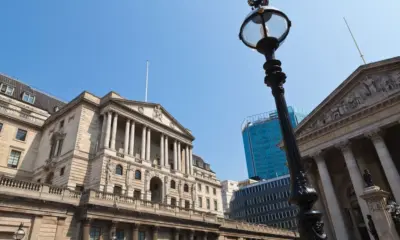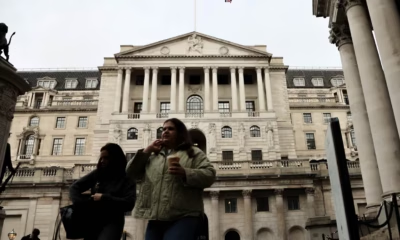News & Updates
Bank of England signals softer approach toward stablecoins in new policy proposals

The Bank of England has unveiled a new set of proposals outlining how stablecoins could be integrated into the UK’s financial system, signaling a more flexible approach than in previous years. The move suggests that British regulators are increasingly open to allowing digital payment tokens to operate alongside traditional banking infrastruct,ure provided they meet strict standards of transparency, security, and consumer protection.
The proposals, released as part of a broader consultation paper, mark a significant evolution in the Bank’s position. Earlier discussions had focused largely on the risks of stablecoins, including their potential to undermine monetary stability and bypass regulatory oversight. Now, the tone is more pragmatic, emphasizing how properly regulated stablecoins could help modernize payments, increase competition, and support innovation in the financial sector.
Officials at the central bank said the aim is to ensure that digital currencies used for everyday transactions maintain “the same level of resilience and reliability” as existing forms of money. Under the new framework, issuers of major stablecoins would be required to hold reserves entirely in high-quality liquid assets such as short-term government bonds or cash deposits. These assets would back the tokens on a one-to-one basis, ensuring that users can redeem them at face value at any time.
Deputy Governor Sarah Breeden described the updated approach as a “balanced step toward innovation.” Speaking at a financial technology conference in London, she said that the UK “cannot afford to ignore developments in digital payments” and must work to create a regulatory environment that fosters both stability and competition.
The consultation paper also outlines plans for oversight mechanisms involving both the Bank of England and the Financial Conduct Authority. Large-scale stablecoin issuers whose operations could affect financial stability would fall directly under the central bank’s supervision, while smaller payment providers would be overseen by the FCA. This two-tier model aims to mirror the existing structure used for banks and payment institutions.
Market observers view the Bank’s shift as an attempt to keep the UK competitive in the global race for digital finance leadership. With the European Union moving ahead with its MiCA (Markets in Crypto-Assets) framework and the U.S. Congress debating its own stablecoin legislation, regulators in London are keen to ensure the UK remains a hub for responsible fintech innovation.
Industry reactions have been largely positive, with many fintech firms welcoming the Bank’s willingness to engage constructively with digital asset companies. Analysts say the new proposals reflect a growing consensus among policymakers that stablecoins, when properly regulated, could form an integral part of the future payments landscape.




















